
Llewellyn Publications
Woodbury, Minnesota
Copyright Information
Llewellyns 2022 Herbal Almanac 2021 Llewellyn Publications
All rights reserved. No part of this book may be used or reproduced in any matter whatsoever, including Internet usage, without written permission from Llewellyn Publications, except in the form of brief quotations embodied in critical articles and reviews.
As the purchaser of this e-book, you are granted the non-exclusive, non-transferable right to access and read the text of this e-book on screen. The text may not be otherwise reproduced, transmitted, downloaded, or recorded on any other storage device in any form or by any means.
Any unauthorized usage of the text without express written permission of the publisher is a violation of the authors copyright and is illegal and punishable by law.
First e-book edition 2021
E-book ISBN: 9780738767581
Cover Designer: Kevin R. Brown
Editor: Lauryn Heineman
Interior Art: Melani Huggins
Garden plan illustrations on pages by Llewellyn Art Department
Llewellyn Publications is an imprint of Llewellyn Worldwide Ltd.
Llewellyn Publications does not participate in, endorse, or have any authority or responsibility concerning private business arrangements between our authors and the public.
Any Internet references contained in this work are current at publication time, but the publisher cannot guarantee that a specific reference will continue or be maintained. Please refer to the publishers website for links to current author websites.
Llewellyn Publications
Llewellyn Worldwide Ltd.
2143 Wooddale Drive
Woodbury, MN 55125
www.llewellyn.com
Manufactured in the United States of America
Contents
to Llewellyns Herbal Almanac
by Elizabeth Barrette
by Monica Crosson
: Turn Your Herb Garden into a Fairytale Setting by James Kambos
by Lupa
by Marilyn I. Bellemore
by Kathy Martin
: Adventures in Biodynamic Gardening by Melissa Tipton
by Dawn Ritchie
by Suzanne Ress
by Jordan Charbonneau
: Edible Cacti for Medicine and Delight by Diana Rajchel
by Linda Raedisch
by Mireille Blacke
by Holly Bellebuono
by Charlie Rainbow Wolf
by Kathy Vilim
by Annie Burdick
: Add a Third Dimension with Trellises by Corina Sahlin
by Autumn Damiana
: USDA Hardiness Zones
by Anne Sala
by Rachael Witt
by JD Hortwort
by Sally Cragin
Introduction to
Llewellyns Herbal Almanac
G ardening and self-sufficiency have skyrocketed in popularity since the start of the global pandemic. Confinement to the home inspired a boom in growing plants both indoors and out. While adapting to the new normal, many people sought more sustainable lifestyles, causing at various times shortages of yeast and canning supplies as many peoplesome for the first timeembarked upon bread-baking journeys and preserved homegrown food for their family to enjoy in the winter months.
There is no better time to grow, use, and eat herbs than now, and we hope youll find inspiration for your own healthy life in this book. With sage advice appealing to novice gardeners and experienced herbalists alike, our experts tap into the practical and historical aspects of herbal knowledgeusing herbs to help you connect with the earth, enhance your culinary creations, and heal your body and mind.
In addition to the twenty-three articles written by Master Gardeners, professors, and homesteaders, this book offers reference materials tailored specifically for successful growing and gathering. Use this book to log important dates, draw your garden plan, practice companion planting, garden by the moon, find a helpful herbal remedy, and keep track of goals and chores in the personal logbook pages.
Reclaiming our connection to Mother Earth in our own backyards can bring us harmony and balanceand a delicious, healthy harvest. May your garden grow tall and your dishes taste divine!
Note: The old-fashioned remedies in this book are historical references used for teaching purposes only. The recipes are not for commercial use or profit. The contents are not meant to diagnose, treat, prescribe, or substitute consultation with a licensed health-care professional. Herbs, whether used internally or externally, should be introduced in small amounts to allow the body to adjust and to detect possible allergies. Please consult a standard reference source or an expert herbalist to learn more about the possible effects of certain herbs. You must take care not to replace regular medical treatment with the use of herbs. Herbal treatment is intended primarily to complement modern health care. Always seek professional help if you suffer from illness. Also, take care to read all warning labels before taking any herbs or starting on an extended herbal regimen. Always consult medical and herbal professionals before beginning any sort of medical treatmentthis is particularly true for pregnant women. Herbs are powerful things; be sure you are using that power to achieve balance.
Llewellyn Worldwide does not participate in, endorse, or have any authority or responsibility concerning private business transactions between its authors and the public.
Alpine Rock Gardens
 Elizabeth Barrette
Elizabeth Barrette 
R ock gardening offers an interesting variation from more common types of gardening. It is especially well suited to growing herbs because the gritty soil and stone mulch discourage weeds, and the low amount of nutrients concentrates flavors in the leaves. Since many herbs come from rocky or mountainous habitats, they thrive in rock gardens. You can choose from plants that grow on lower slopes or the true alpines that cling to mountaintops. Theyre all beautiful, and many are also useful.
What Is an
Alpine Rock Garden?
An alpine garden features plants from a mountainous environment. Such places tend to be harsh. They are more often cold than warm and more often dry than wet. The soil tends to be thin, sandy or rocky, and poor. Specifically, alpine means above the tree level, so these are low-growing plants. You can also choose plants that grow in scree or on cliffs farther down. While not all alpine gardens are also rock gardens, many of them are, due to the nature of mountainous soil.
A rock garden features stones large and small. It provides a home for plants that love rocky, well-drained, often poor soil. In some cases, theres very little soil at all, with plants growing on or between the stones. The plants may come from one area or many, but they need to enjoy similar conditions. So a rock garden may emulate a hot desert, a chilly mountaintop, or even a sheer cliff. Often a number of boulders form the focus, surrounded by sand or gravel. A rock garden may also be alpine, but it doesnt have to be.

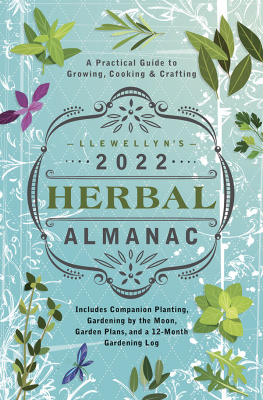

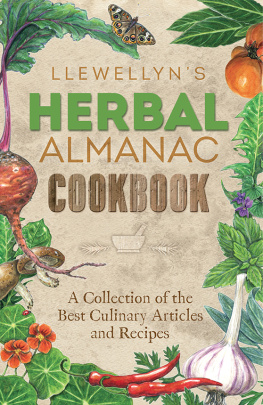
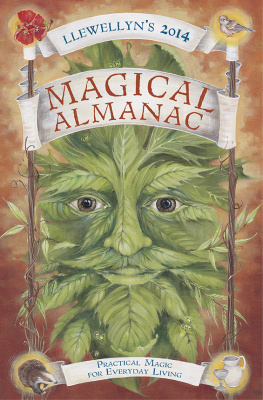

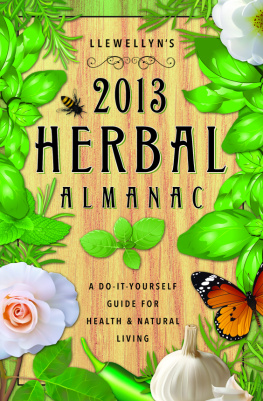
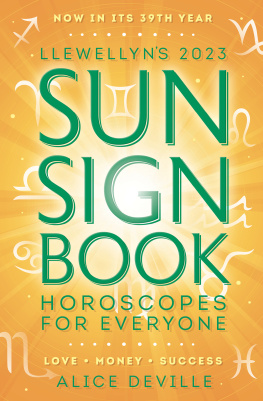
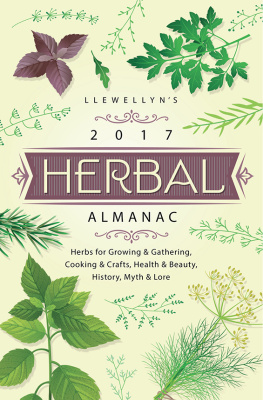

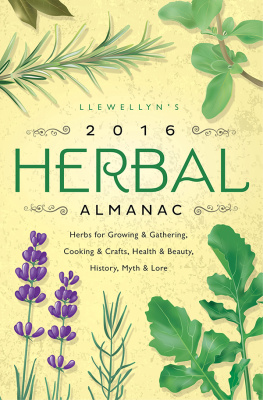
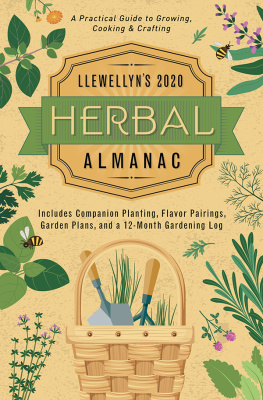

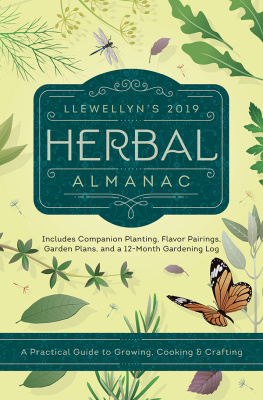
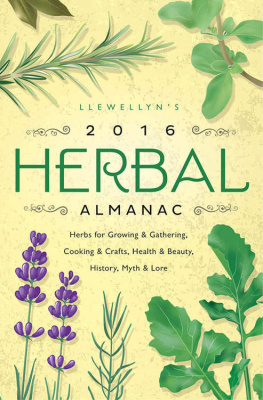



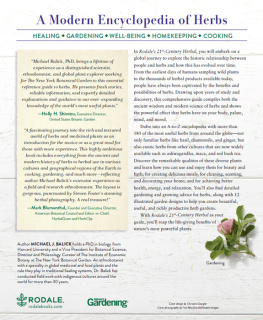



 Elizabeth Barrette
Elizabeth Barrette 
